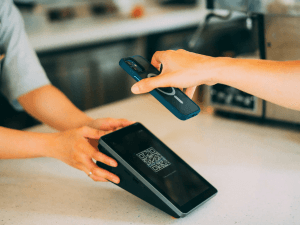QR codes seem harmless enough – those little black and white squares that provide shortcuts to websites and information. But we must be vigilant, as cybercriminals leverage technologies in nefarious ways.
QR codes open gateways, bypassing email filters that detect phishing attempts. A QR code can redirect to a convincing fake page asking for personal information. This “quishing” uses the trusting nature of QR codes for deception. We expect QR codes to provide usefulness, not trickery. But technical literacy falters, allowing the wolves to dress in sheep’s clothing.
Education is essential – explain how QR codes function as gateways, without the safety guards of emails. Encourage skepticism before scanning. Apply common sense smell tests by inspecting email addresses and links.
What’s ‘Quishing’ Anyway?
Quishing combines phishing and QR codes for a powerful social engineering attack.
Victims scan what seems to be an innocent code only to land on a fraudulent website mimicking legitimate pages. The QR code is merely a packaged hyperlink, without inherent safety checks. The scam page asks for personal information like login credentials, credit cards, or contact info, all under the guise of utility. This exploit works because of trust in QR codes and unwillingness to verify before interacting.
Such tricks will only increase as platforms enable functionality without equal attention to security.
How Can We Keep Our Team Safe from QR Code Scams?
Fortunately, simple precautions thwart most schemes.
First, establish clear policies restricting mobile device use for scanning QR codes received via email or uncertain origin. Smartphones contain contacts, passwords, and confidential corporate data – too risky as attack vectors.
Second, scrutinize email addresses, links, and landing pages before interacting, however inconvenient. Signs of spoofing include odd addresses, misspellings, or unusual domains. Verify legitimacy through secondary channels before inputting information.
No solution will eliminate risk completely in an interconnected world. But conscious evaluation of links preceding clicks will uncover most attempts. Promote a culture of attention and skepticism focused on potential points of intrusion. Help employees understand the underlying technology to make informed decisions.
While cybercriminals rely on exploiting blind trust, we must respond with eyes wide open.





